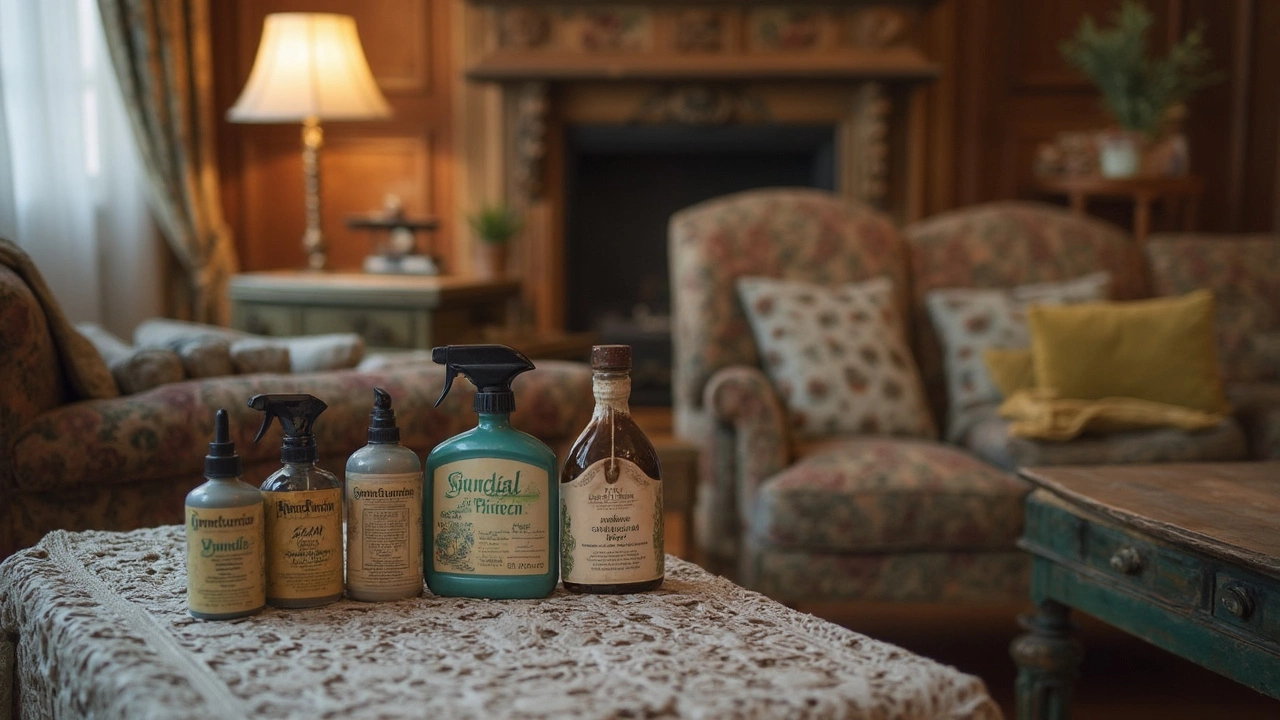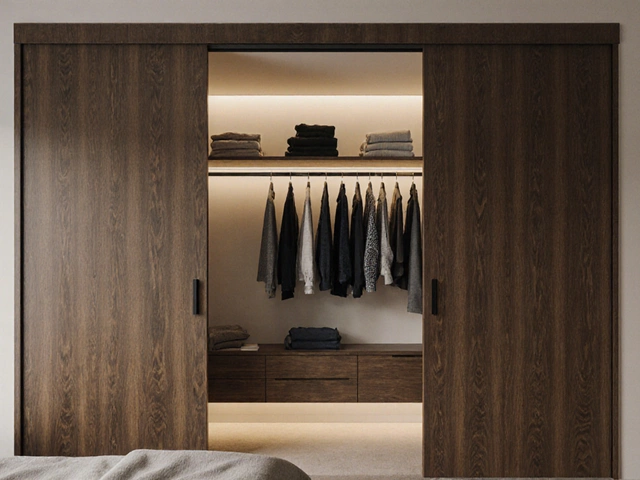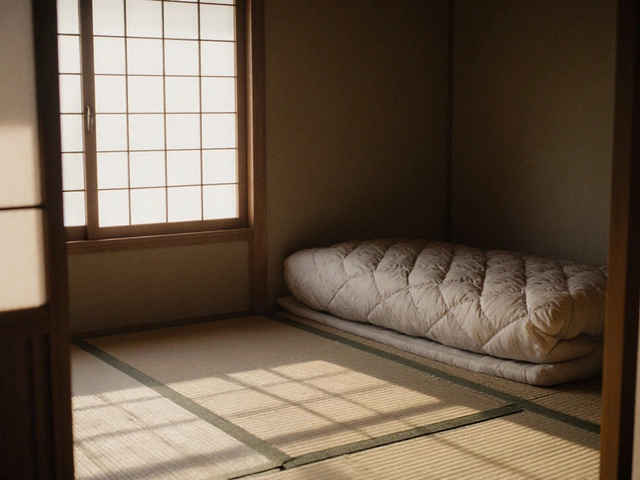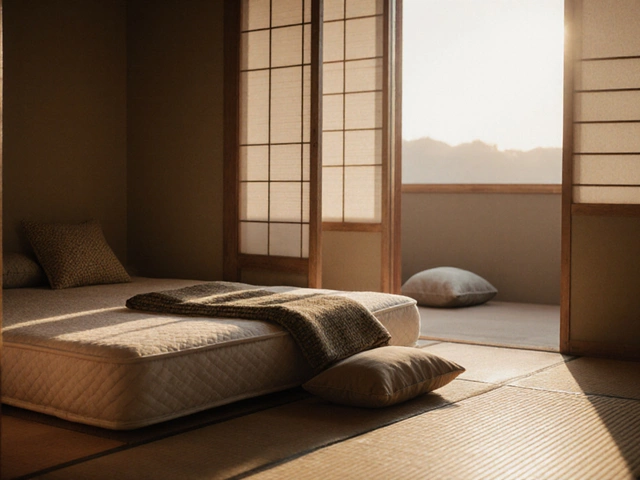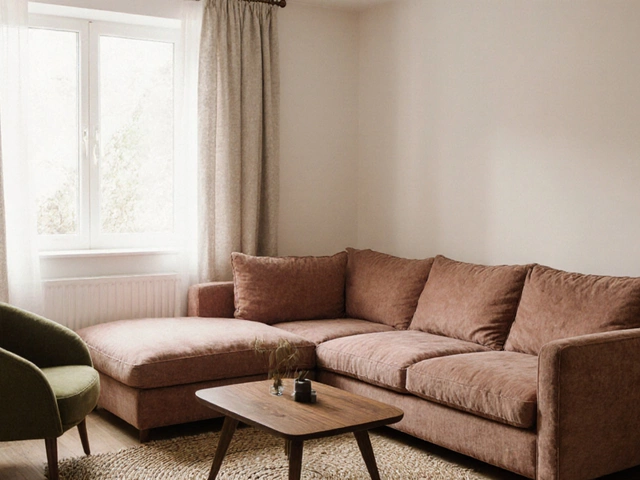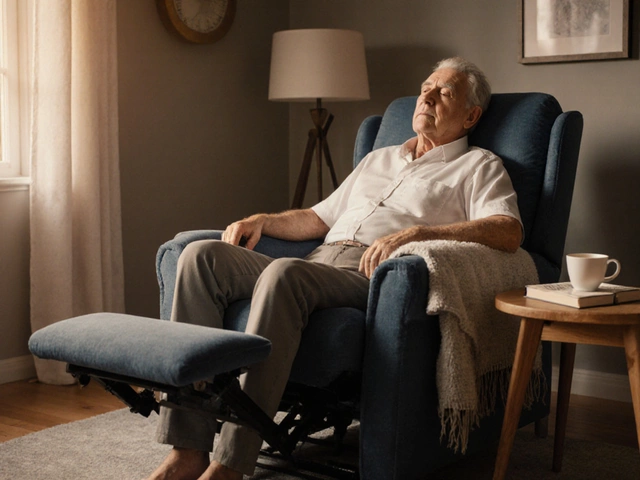Prevention Tips Every Homeowner Should Know
Ever noticed a scratch on your favorite chair or a patch of dead grass under the patio set? Most of those problems could have been stopped with a few simple habits. Below are the most useful prevention tips that keep your home looking fresh, your furniture lasting longer, and unwanted pests out of sight.
Protecting Your Furniture
Whether it’s a sofa, a custom wardrobe, or outdoor patio pieces, the rule of thumb is to treat every item like it’s an investment. For indoor furniture, use felt pads under legs to avoid floor scratches and wipe spills immediately – even a quick towel can stop stains from setting. For outdoor sets, investing in a breathable cover every night stops rain, UV damage, and dirt from grinding into the fabric. If you have a lawn under the patio table, lay a protective mat or a few wooden slats. This spreads the weight and keeps the grass from being crushed into a permanent brown spot.
Temperature extremes are another silent villain. Wood can crack in freezing weather, and metal can become brittle. Move delicate pieces away from drafty windows in winter and consider a short‑term indoor storage for tiny accessories when a cold snap hits. A simple blanket or a custom‑fit cover will keep the cold out without looking bulky.
Keeping Pests and Damage at Bay
Furniture mites love the dust that builds up in upholstery and under beds. A weekly vacuum with a HEPA filter removes the food source, and a light mist of diluted alcohol on fabric can kill any stray mites without harming the material. For closets and wardrobes, keep the doors slightly ajar on humid days – that stops mold and the insects that love it.
Rodents aren’t attracted to furniture itself, but they’ll chew on wood frames if they find a warm hideaway. Seal any gaps around baseboards and keep food sealed; a cotton ball soaked in peppermint oil placed in corners adds an extra deterrent without any chemicals.
If you’re working on a DIY patio over grass, use a lightweight lattice or interlocking deck tiles. They’re inexpensive, easy to lay, and they let grass breathe while providing a solid surface for chairs and tables. This prevents the soil from compacting and eliminates the need for re‑sodding later.
Finally, don’t forget the power of routine checks. Spend five minutes each month walking through each room, looking for signs of wear, loose screws, or water spots. Tightening a loose leg now saves you from a wobbling chair later, and spotting a tiny leak early prevents mold that could ruin both furniture and health.
Putting these prevention tips into practice doesn’t require a big time commitment or a massive budget. A few minutes of care each week keeps your home comfortable, your furniture looking new, and the pests away. Start with one tip that feels easiest – maybe covering the patio set at night – and add another each week. Before long, you’ll notice fewer repairs, less cleaning, and a space that truly feels yours.
How to Safeguard Your Furniture from Mold and Mildew
Fighting stubborn mold and mildew on your cherished furniture is often an unwelcome but necessary task. This guide offers practical solutions to effectively kill mold and mildew while preserving your furniture's integrity. Learn about the best cleaning agents, preventive measures, and handy hacks to tackle these pesky invaders. Understand how environment affects mold growth and discover strategies to protect your furniture.
